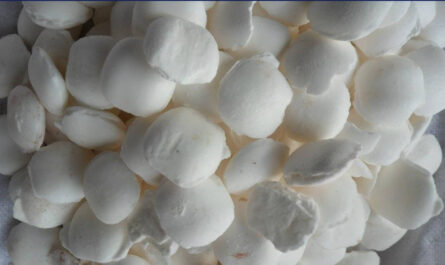What is it?
Titanium nitride coating, also known as TiN coating, is a surface treatment that can enhance the appearance, durability, and performance properties of various materials. This coating process utilizes a physical vapor deposition (PVD) method to deposit an extremely hard titanium-based ceramic layer onto the surface of a material.
The TiN Coating Process
Titanium nitride coating is performed through a PVD process inside a vacuum chamber. In this process, a target composed of pure titanium metal and nitrogen gas is used as a source material. An electric current creates an arc that vaporizes atoms from the target surface. The vaporized titanium and nitrogen atoms then travel through the chamber and condense as a thin film on parts placed inside. The coating reaction process creates a very hard titanium nitride crystalline structure that bonds tightly to the substrate surface.
By carefully controlling factors like temperature, gas pressure and electric current applied, coating thickness ranging from one to several microns can be achieved. Some key advantages of PVD include achieving a uniform coating thickness on complex part geometries, strong adhesion between the coating and substrate, and reproducible coating properties. Automated equipment also allows for high-volume production coating.
Appearance and Properties of TiN Coating
The golden yellow coloring of TiN coating makes it very appealing for decorative applications. However, the properties that make it valuable go far beyond just aesthetics. Some of the key functional benefits of titanium nitride coating include:
– Extreme hardness – TiN coating is significantly harder than other common metal coatings like chrome or nickel. On the Vickers hardness scale, it rates between 2000-3000 HV, rivaling materials like tungsten carbide. This hardness provides excellent wear and abrasion resistance.
– Low friction properties – The smooth, low-coefficient of friction surface reduces friction and stick-slip during sliding contact. This improves machining tool life and reduces component wear.
– Thermal stability – Titanium nitride maintains its properties even at temperatures as high as 900°C. This heat resistance allows TiN coated parts to withstand high-temperature applications.
– Chemical resistance – The chemically inert nature of TiN coating prevents corrosion and oxidation in diverse chemical environments.
– Aesthetic qualities – Beyond just the attractive yellow-gold hue, TiN coating provides a smooth, scratch-resistant surface that enhances the tactile feel of coated parts.
Applications of Titanium Nitride Coating
Given its unique combination of properties, TiN coating finds numerous applications:
Cutting Tools – Improving tool life and workpiece surface finish, TiN is widely used on cutting and machining tool inserts, drills, end mills and taps. The hardness of TiN reduces tool wear to extend usage times.
Automotive Components – Pistons, transmission gears, bearing surfaces and other high-friction auto parts gain wear and corrosion protection from TiN. Some luxury cars even feature TiN coated interior and exterior trim for styling.
Medical Devices – Surgical scalpels, dental tools and implants take advantage of TiN’s biocompatibility and non-reactive qualities to prevent corrosion or bacterial growth on surfaces.
Optics – Camera lenses, telescopes and other optical instruments receive TiN coating to enhance durability while maintaining transparency. The scratch-resistant surface protects against lens damage.
Decorative Hardware – Door handles, faucets, appliances and other consumer product components commonly sport a golden TiN finish to communicate quality and sophistication through visual appeal.
Firearms – Barrels, actions and moving parts are coated with TiN for reduced friction and enhanced reliability, even in wet and dirty conditions. The jewelry-like surface also improves a firearm’s appearance.
While titanium nitride offers a distinctive blend of mechanical, chemical and aesthetic benefits, its value as a surface treatment ultimately depends on the specific performance needs of the application. By protecting surfaces and enabling new functional possibilities, TiN coating opens many doors for design and manufacturing applications across industries.
*Note:
1. Source: Coherent Market Insights, Public Source, Desk Research
2. We have leveraged AI tools to mine information and compile it.




